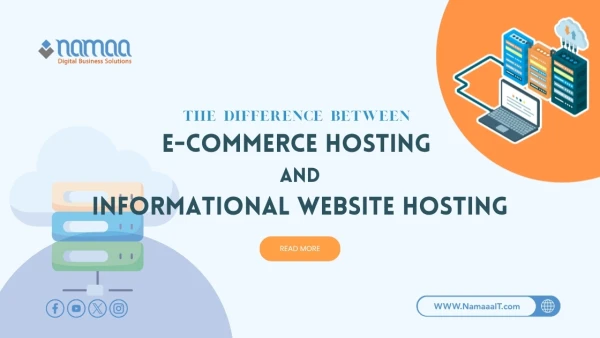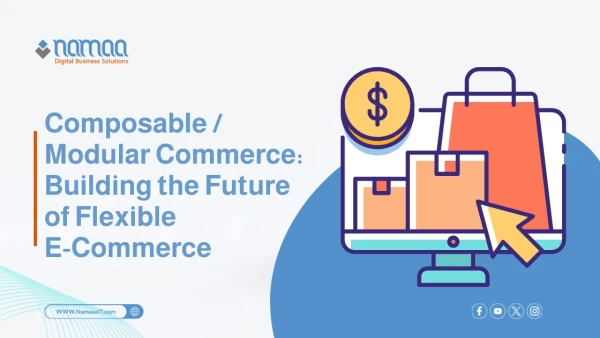Technical SEO (Search Engine Optimization) is the cornerstone of success for any online store in today's digital age. With increasing competition on the internet, optimizing the technical aspects of your site has become essential to ensuring it appears in top search results and attracts potential customers. Technical SEO encompasses a range of measures such as improving site speed, ensuring mobile responsiveness, and facilitating crawling and indexing by search engines. These factors not only boost your e-commerce ranking but also enhance user experience, increasing conversion rates and sales. Therefore, investing in technical SEO is a strategic decision for any store owner aiming for excellence and success in the digital marketplace.
What is Technical SEO?
Technical SEO refers to the set of technical enhancements and improvements made to a website to make it easier for search engines to crawl the site and efficiently index its pages.
Technical SEO focuses on non-content aspects such as site architecture, loading speed, security protocols, and mobile compatibility. By implementing these improvements, the site becomes more visible to search engines, increasing its chances of appearing in top search results.
Difference Between Technical SEO and Traditional SEO
| Aspect | Technical SEO | Traditional SEO (On‑Page/Off‑Page) |
|---|---|---|
| Focus Area | Site’s technical elements | Content, backlinks, internal linking |
| Examples of Optimizations | Loading speed, architecture, security | Title tags, keywords, link building |
| Main Objective | Facilitate crawling and indexing for search engines | Improve site visibility and attract users via content |
| Relationship with Search Engines | Technical optimization for search engines | Meet user needs and boost engagement |
| Common Tools | Performance analysis tools | Keyword research and link analytics tools |
How PolarisMAX Implements Technical SEO in E-Commerce
Technical SEO features are integrated automatically within the PolarisMAX platform, using state‑of‑the‑art software tools to ensure optimal store performance.
A technical review is conducted regularly by:
- The technical team, ensuring the platform's architecture remains aligned with search engine requirements.
- The Quality Assurance (QA) team, verifying loading speeds and clean data structuring.
- All products in the store are automatically indexed in a search‑engine‑friendly manner.
- Frequent checks are performed to adapt to new Google updates and improve organic search rankings.
Result: High performance in organic search and improved visibility for potential customers.
How Technical SEO Contributes to Your E-Commerce Success
1. Site Speed Optimization and User Experience
Site loading speed is critical. Studies show users prefer fast‑loading sites, and a delay of just a few seconds can increase bounce rates and lose potential customers.
Technical SEO focuses on:
- Image compression
- Caching mechanisms
- Minifying CSS & JavaScript
- Utilizing Content Delivery Networks (CDNs)
Benefits:
- Increased conversion rate – the faster the site, the higher the purchase completions.
- Higher search rankings – search engines like Google favor fast sites.
- Lower bounce rates – slow sites drive users away.
2. Mobile Compatibility
With widespread use of mobile devices, sites must be responsive to different screen sizes and operating systems.
Technical SEO ensures mobile‑responsive design for:
- Better user experience
- Priority in mobile search rankings
- Access to a wider customer base
3. Facilitating Crawling and Indexing
Goals include improving site structure, creating correct Sitemap.xml and Robots.txt files, and fixing broken links and other technical errors.
Approaches:
- Clear site structure – categorizing products logically
- Effective internal linking – guiding crawlers to important pages
- Error cleanup – removing broken links and managing duplicate content
4. Website Security and Customer Data Protection
HTTPS and SSL certificates are essential for:
- Protecting sensitive user information (e.g. payment data)
- Building customer trust
- Enhancing search rankings by complying with security preferences
5. Handling Duplicate Pages and Content
E-commerce sites may have pages duplicated for different product versions.
Technical SEO uses canonical tags to prevent dilution of SEO strength and improve user navigation.
6. Optimizing Images and Media
Optimized images (size and quality) and alt-texts improve:
- Site speed
- Image search visibility
- User trust through clear visuals
7. Clean URL Structure
SEO‑friendly URLs are short, descriptive, and avoid random characters.
Benefits:
- Easier sharing
- Better search engine understanding
- Improved page ranking potential
8. Structured Data (Schema.org)
Embedding structured markup enables rich snippets, displaying price, ratings, and more in search results.
This increases CTR and helps search engines better categorize products.
9. Managing Redirects
Proper use of 301 redirects when deleting or moving products preserves SEO equity and prevents 404 errors.
10. Ongoing Performance Tracking & Analysis
Use tools such as Google Search Console and Google Analytics to monitor crawling issues, indexing errors, and user behavior.
Regular analysis uncovers new optimization opportunities and helps avoid penalties.
11. Aligning with Core Web Vitals
Google’s Core Web Vitals measure loading performance, visual stability, and responsiveness.
Sites that meet these metrics rank higher and offer enhanced user experience.
12. Using Technical SEO Tools
Google Search Console – monitor site performance and detect technical issues
Screaming Frog – analyze site structure and identify broken links
PageSpeed Insights – provide actionable speed improvement recommendations
Start your digital journey with us today and achieve maximum success! PolarisMAX is fully aligned with the latest technical SEO standards, ensuring your online store delivers fast performance and strong search visibility.
FAQ Section on Technical SEO
1. Does updating the CMS affect your site's Technical SEO?
Yes. Some updates may improve speed or security, while others might introduce compatibility issues. Always test after updating to ensure crawling, indexing, and internal links aren’t broken.
2. How does minifying CSS/JavaScript aid Technical SEO?
Minification reduces file size, speeding up page loads. Faster load times not only enhance user experience but also improve search rankings.
3. How does a multi‑language store affect Technical SEO?
You need hreflang tags to specify language versions clearly. Missing or misconfigured hreflang can hurt ranking and user targeting. Ensure each language version has a clear URL structure.
4. Can too many plugins hurt Technical SEO?
Yes. Excess plugins can slow down the site or cause technical conflicts. Use only essential, well‑maintained plugins.
Summary
✅ A one-second page loading delay can reduce conversion rates by up to 7%.
✅ Over 53% of site traffic is from mobile devices, with mobile‑optimized sites seeing bounce rates 20% lower.
✅ HTTPS‑enabled sites rank 30% better than insecure ones.
✅ Structured data usage can boost click‑through rates by up to 35%.
✅ Fixing broken links and technical errors can increase rankings by 15% within months.

.webp)







